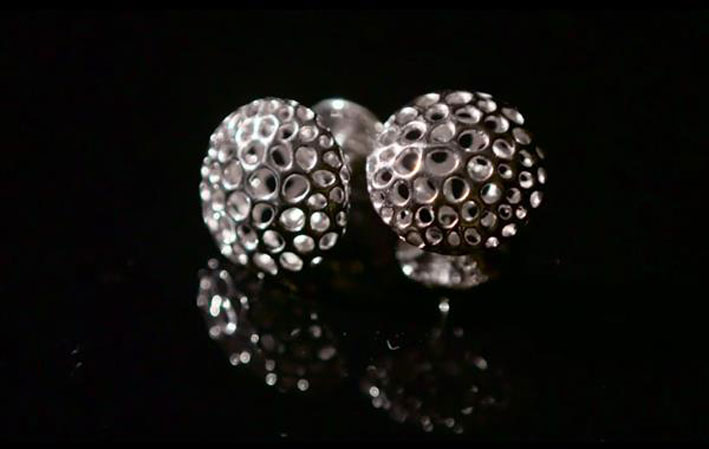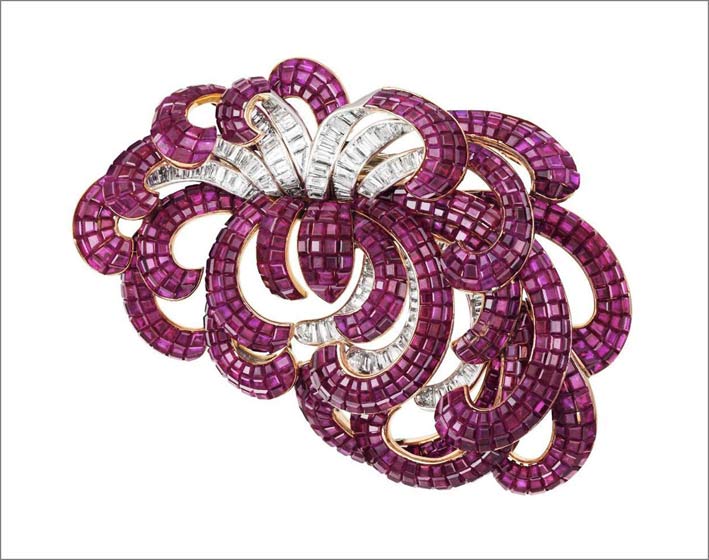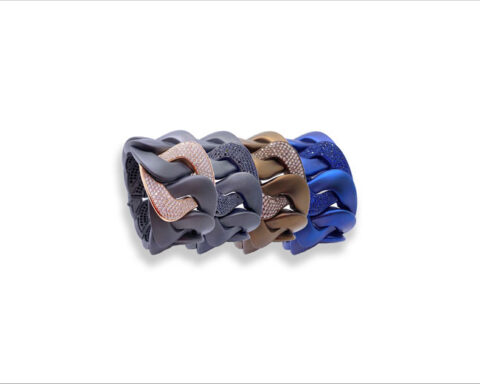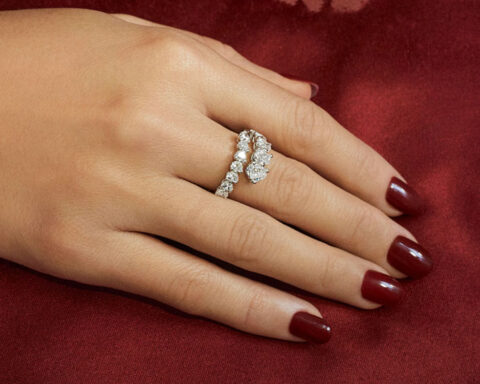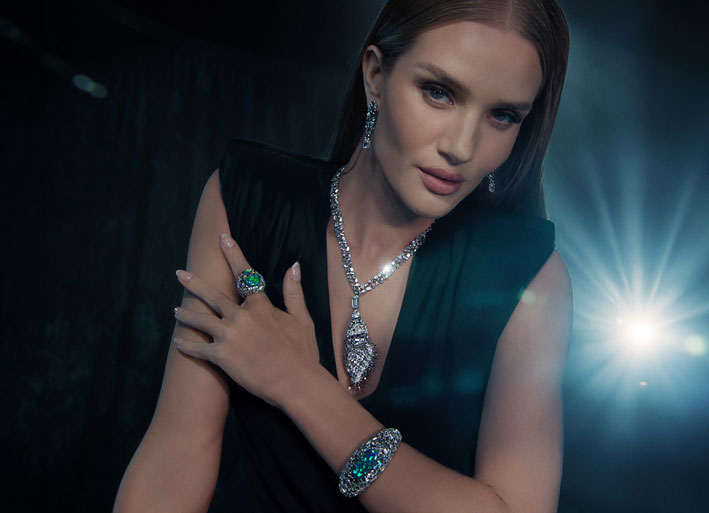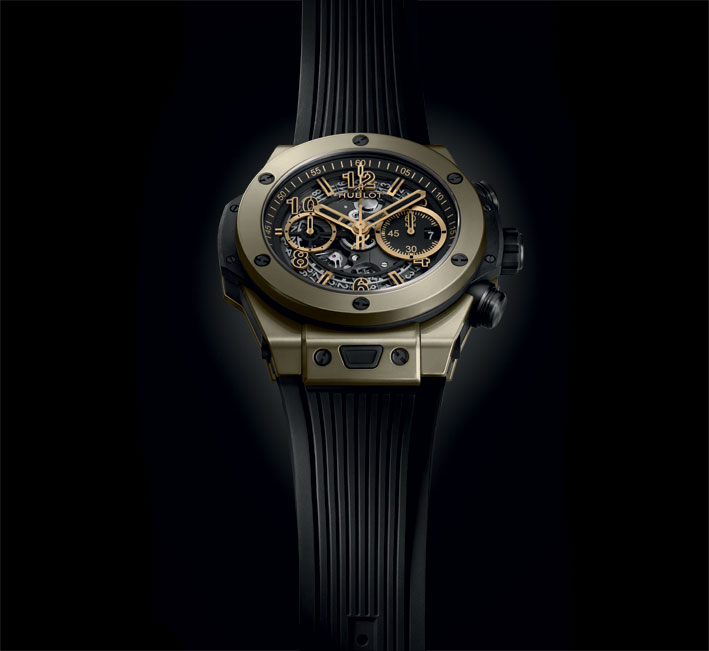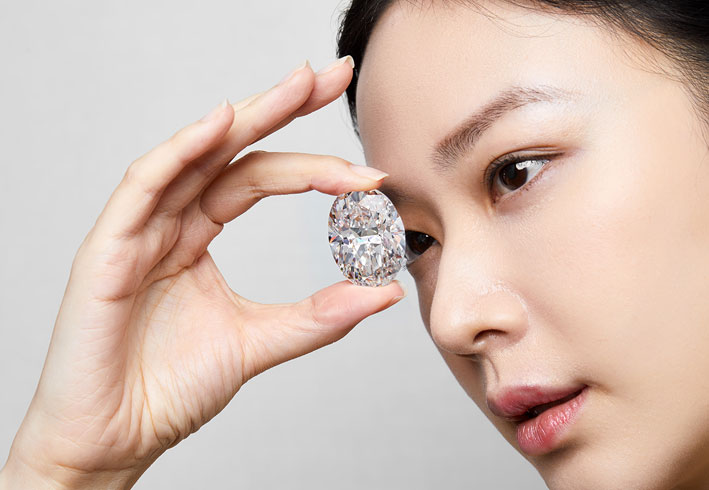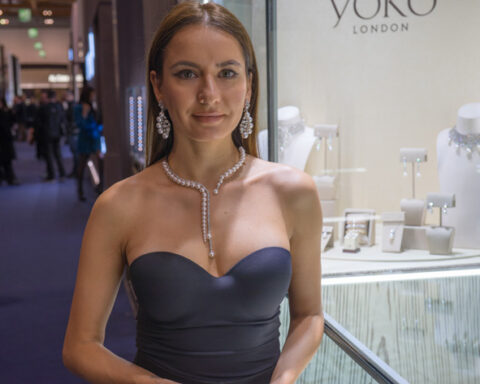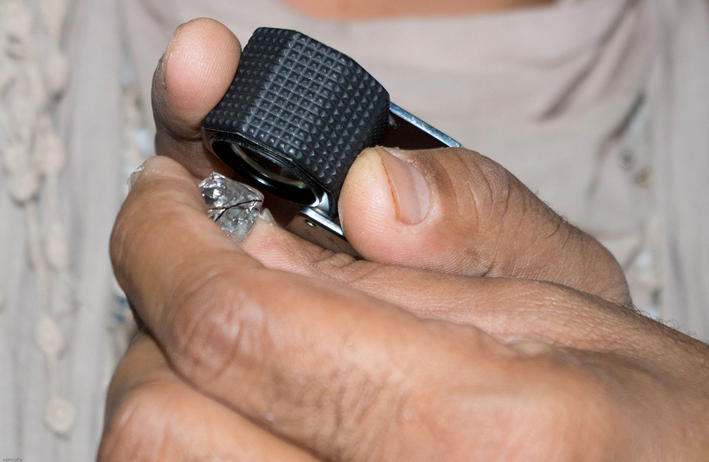The 10 fundamental steps in the history of jewelry that you need to know. The first is… ♦ ︎
Long ago the Financial Times published an article which identified the 10 milestones of jewelery over the past two hundred years or so. The article starts from innovation in diamond cutting, with the introduction of fashion to bright, up to 3D printing. It is interesting the analysis, to don’t forget the history of the jewel.
1 Brilliant Cut
Round or brilliant cut diamonds were introduced at the end of the 17th century, after the brilliance of the stones had become predominant in Baroque jewelry. The brilliant cut developed in the laboratories of Paris, Amsterdam and Antwerp, which produced the precursor of the contemporary cut, which today is the one chosen for 75 percent of the diamonds.
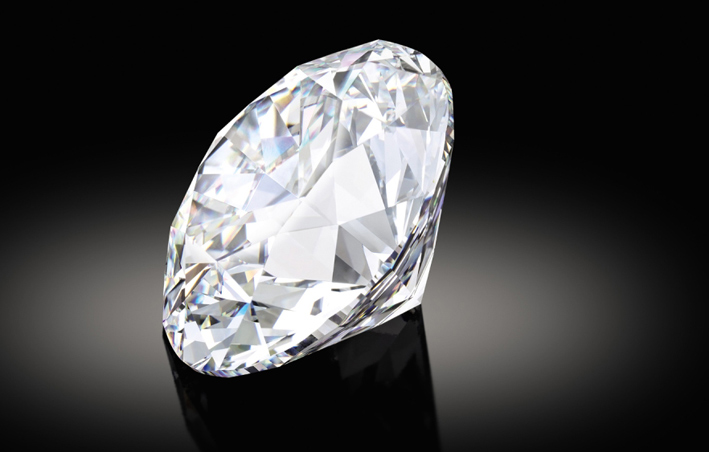
2 Electroplating
How do you make gold if you have not? Nothing philosopher’s stone: since 1840 gold and silver are applied using an electrolytic process, which has become a pillar of the production of affordable jewelry. It was the goal of a Birmingham surgeon, John Wright, who developed galvanic baths with potassium cyanide. Wright and his partners George and Henry Elkington, patented electroplating process, allowing you to apply a thin film of gold or silver on a regular jewel of other material , such as steel.
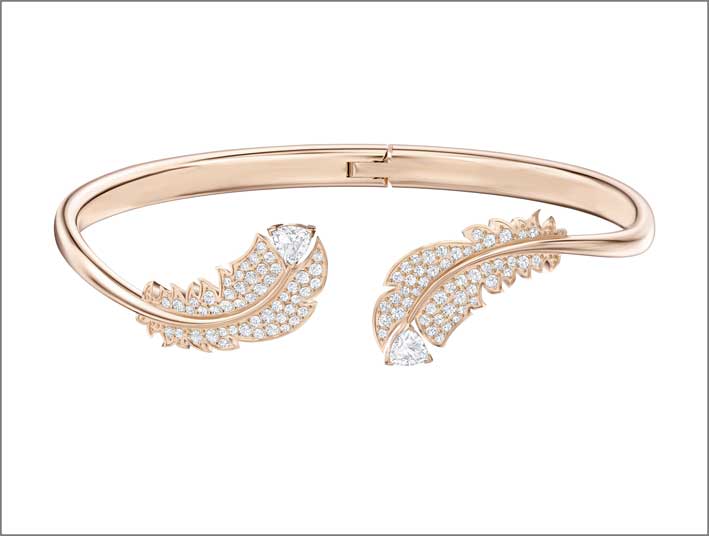
3 Tiffany setting
In 1886 Tiffany invented the most popular ring among women: it elevates the diamond above the ring rim by four or six prongs, instead of being set in the metal. In this way the diamond is seen much more. Since then, the solitaire ring remains alone for a very short time: everyone wants it. Before Tiffany, diamond ring settings were much lower on the finger—the stones were usually set in a gold band or held with shorter prongs, so the stones had a low profile. The Tiffany setting enhances the diamond.

4 Platinum
At the end of the 19th century, the use of platinum spread, a metal that is more difficult to work with, but much more resistant than gold. Thanks to the new platinum treatment techniques, Cartier can create a refined jewel like the tiara with a garland design. Platinum has a remarkable resistance to corrosion, and does not deform even at high temperatures: it is considered a noble metal which ensures a long life to the jewel.
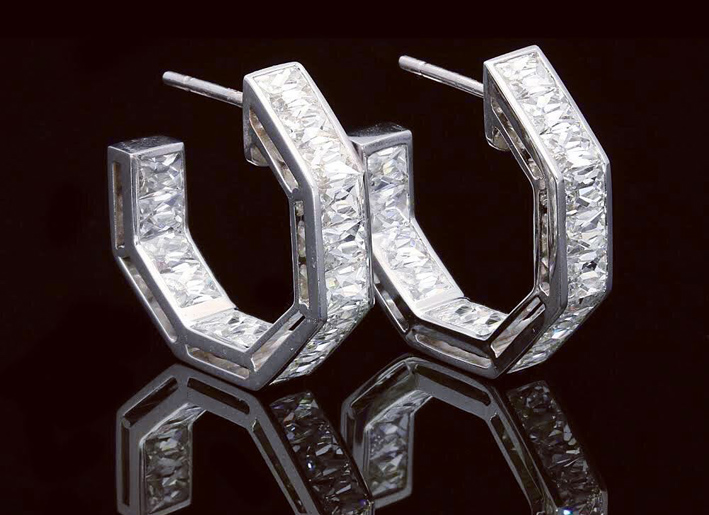
5 Cultured pearls
Until the early twentieth century pearls were very rare, because only those produced naturally by oysters could be found. From the Akoya variety, Kokichi Mikimoto has instead managed to obtain man-induced pearls. But it is also thanks to his wife. On July 11, 1893, Mikimoto’s wife examined a basket of freshly caught oysters and saw the first hemispherical cultured pearl as beautiful as a natural pearl. Three years later, in 1896, Mikimoto obtained his first patent for cultured pearls.

6 Clip Earrings
In the thirties have spread earrings held by a small spring, as the use of the reaction in the ear hole, considered barbarous (it seems that it is no longer the case now). Clip-on earrings can be worn by everyone, while pierced earrings are reserved for those with pierced ears. In the 1970s, however, pierced ears came back into fashion, and not only that.
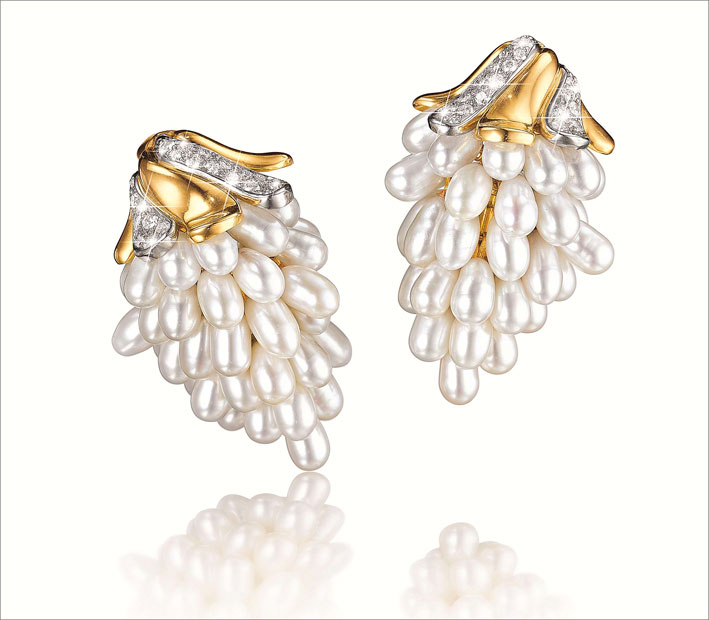
7 Serti Mystérieux
It is an innovation of Van Cleef & Arpels: it use the technique to placed stones on the jewel without showing claws or other devices to immobilize the individual elements. Thin and invisible rails lead the stone into the desired position. Needless to add that it is not a simple task, though it has since been imitated by many other Maison.

8 Titanium
In the early sixties he comes in titanium. Even in this case is the technology that has allowed the most innovative jewelers like Jar of work this lightweight and durable metal, which allows you to make jewelry with bold shapes, impossible with more traditional alloys such as those with gold and silver.
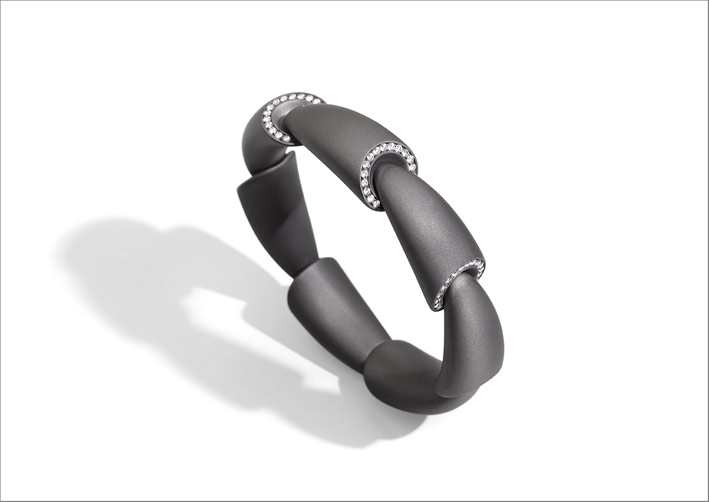
9 3D Design
For the uninitiated, despite the films of the major brands continue to show artists with pen and colors and draw their own collections, the vast majority of jewelry is designed to the computer. This is due to the introduction, in the eighties, of 3D design, with a software called Cad. It’s a less poetic system of colored pencils, but much more efficient.
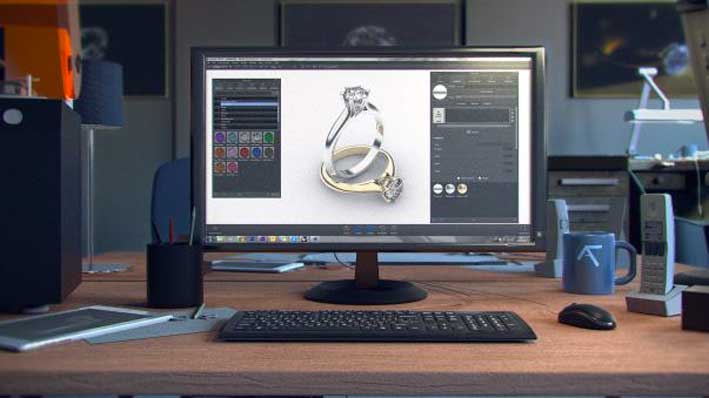
10 3D Print
For some years the border is 3D printing. Most initially it was made of plastic, but now you can also use the metal. After designing the jewelry, the path leads to the realization through special printers that instead of churning out the vacation photos, build by subtraction (ie carve the excess material), or by aggregation (adding gold dust or silver, kneaded) for rings, necklaces or bracelets.
